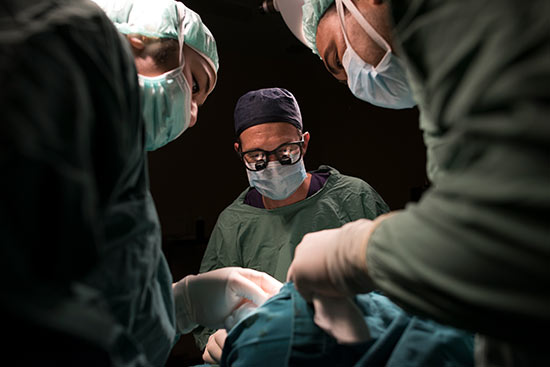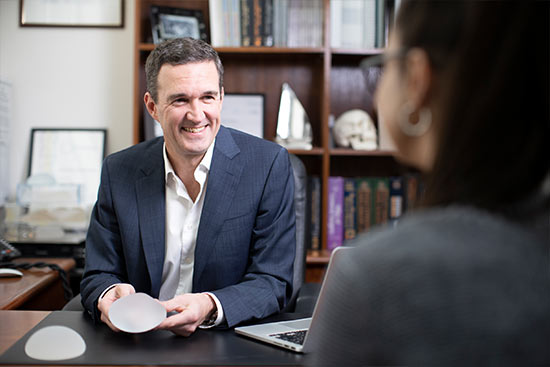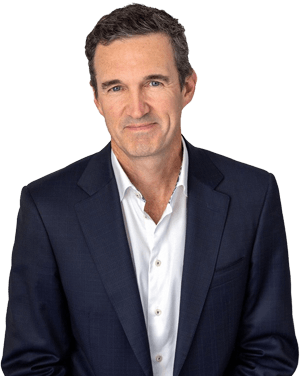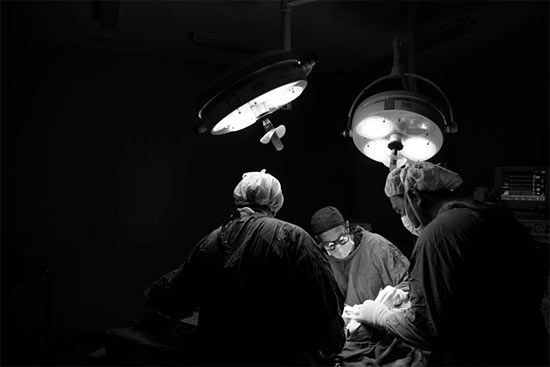Breast Augmentation
A breast augmentation is a procedure in which the size and shape of the breasts is changed through the insertion of a breast implant.
What is a breast augmentation?
A breast augmentation is a surgical procedure in which implants are inserted into the breast to primarily increase their volume. In some cases, adding volume to the breast can also change their shape by increasing projection (forward prominence) as well as creating increased fullness in the upper breast.
Although breast augmentation surgery is usually considered cosmetic, breast implants can also be used to overcome significant natural asymmetry in breast development. In these cases, an implant may only be placed in one breast only in order to achieve symmetry with the other breast. Occasionally, if the desired volume is greater than either natural breast, implants of different sizes can be placed in the breasts to not only achieve symmetry, but also to increase size at the same time.


Modern breast implants have a silicon outer shell, and the majority are filled with a cohesive (semi-solid) silicone gel, although some saline (salt water) filled implants are still used. The implants can be inserted through incisions beneath the breast (in the inframammary fold), at the margin of the areola, or less-commonly via the armpit (axilla). Within the breast, the implant can be placed immediately behind the breast tissue and in front of the chest muscle (pectoralis major) or partly placed behind this muscle as well. Finally, the implants come in many shapes and sizes to accommodate the many differences in breast size and shape, chest contour, and individual goals.
All these aspects of breast augmentation surgery will be discussed at your consultation in order to decide the best surgical plan for your individual circumstances.
This procedure can:
- Increase the fullness of your breasts
- Change your figure
- Alter the projection of your breasts
- Create even proportions between the breasts
Our surgeon Mr David Morgan has a particular interest in breast surgery and is passionate about the work he does.

Download the Free Breast Augmentation Guide
“My many years of study, and additional training overseas in breast surgery techniques, allow me to provide both a technical and artistic eye to these procedure and provide the result you desire.”
Mr David Morgan – Specialist Plastic Surgeon


What are the benefits of this procedure?
Women can seek breast augmentation for many reasons. Commonly, the goal is simply to achieve a bigger breast size. Other women seek breast augmentation after experiencing the changes that can occur in a woman’s breast during pregnancy, breast feeding, and menopause. In these circumstances, breast augmentation can be combined with a breast lift procedure (mastopexy) to create the desired final result.
All these options will be discussed with you at your consultation, where your individual goals for the surgery are discussed, your expectations understood, and the appropriate technique chosen in order to achieve a result that is right for you.
Is Mr Morgan experienced in breast augmentation?
Mr Morgan has had many years of experience performing breast augmentation for both cosmetic and medically-indicated reasons. He has also undertaken additional training overseas in breast surgery techniques, allowing him to bring both an experienced artistic and technical viewpoint to these procedures. With a passion for this type of surgery, you can be assured that your surgeon is not only experienced and qualified, but also dedicated to achieving results.
At your consultation, he will be able to show photos of his other patients who have undergone this procedure to give a sense of what change can be achieved. These results are specific to these patients, and may not accurately reflect the types of result you may achieve. All results can vary for a number of reasons, including differences in genetics and original appearance, as well as differences in healing and recovery. Despite all care being taken, complications can and do occur, and can also affect the final result. Occasionally, revisional surgery is required.


How is it performed?
This type of surgery is performed under general anaesthesia, and is usually day surgery. The incisions are kept as small as possible whilst still allowing the insertion of the implant. The space into which the implant is placed is created by separating tissue layers (such as the breast tissue and the pectoralis muscle). If the implant is placed behind the muscle, then some of that muscle is cut to release it from the ribcage. This can obviously cause an increase in post-operative pain. Despite this, post-operative pain is tolerable and generally well-controlled with pain relief tablets. After the insertion of the implants your wounds will be closed and covered with water-proof dressings, allowing you to shower as soon as you feel comfortable. You will be asked to wear a soft surgical bra for support and comfort for the first three weeks to allow your breast so heal properly into their new shape. Exercise is generally allowed to commence at four weeks, and activity is unrestricted from 6 weeks.

How long will I need to recover?
Everyone will have a different experience and will recover from their surgery differently. Generally, discomfort is limited and well-controlled with tablet pain relief medication. You will initially sleep on your back for the first couple of weeks, and may sleep propped up on a few pillows to make this easier. Your breasts will swell and become bruised in the first few days, before beginning to recover. Often, the breasts can feel a little numb, or over-sensitive, due to nerve irritation during the recovery phase. This is usually temporary, but permanent changes in the nerves of the breast can occur. Gentle walking is encouraged as soon as you feel well, but exercise is limited until four weeks after surgery.
Typically, most patients will recover enough to return to social activity and office-based work after two weeks. Swelling can often persist for many weeks until the final size and shape of the breasts becomes apparent.
Specific Risks and Complications
Breast augmentation surgery has several potential specific risks:
- Bleeding, infection, poor quality or visible scars, asymmetry, permanent numbness in the breasts or nipples, dissatisfaction with the cosmetic outcome, need for revisional surgery
- Capsular contracture (tightening and hardening of the scar around the implant)
- Implant rupture: the breast implant outer shell can sometimes tear or rupture. Modern breast implants contain a semi-solid silicone gel that has the consistency of set jelly, so will not flow out into your body after rupture, and is usually well-contained by the scar capsule around the implant. Modern breast implants have a rupture rate of less than 1% per year.
- ALCL (anaplastic large-cell lymphoma): this is a rare type of cancer that can develop in the scar capsule or fluid around a breast implant. Although there has been no direct link established, it appears to be associated with the texturing that is used on the outer surface of some implants, with risks varying from 1 in 2500 to 1 in 60000, depending on the implant type. Smooth surface implants do not appear to be associated with this condition, and these are now the most commonly used implant type in order to avoid this risk.
- Breast implants are not considered lifetime devices, and will generally require replacement every 10-20 years, depending on whether they are causing symptoms, maintaining the desired cosmetic result, or remain intact. Implant replacement or exchange requires another surgical procedure and the associated recovery time and post-operative risks.
- This is not an exhaustive list of potential risks. Every patient responds differently to surgery and anaesthesia, and can heal and recover differently. Individual results can vary. The results experienced by one patient do not always reflect the results other patients may achieve. Potential outcomes and possible variations will be discussed during your consultations
All Surgical Procedures Carry Risks
Before proceeding, you should seek a second opinion from an appropriately qualified medical practitioner.
Individual results may vary due to a number of factors, including genetics, and variations in healing and recovery, and the potential for complications. The outcomes experienced by one person do not necessarily reflect the outcomes that other people may experience. Potential outcomes and possible variations will be discussed during your consultations
Cosmetic surgery is real surgery, and will most often require a general anaesthetic. All surgery will require a period of recovery before returning to normal activity, as outlined in the particular procedure information. Although uncommon, complications can and do occur, and may affect the final result of your surgery. The potential risks will be discussed fully during your consultations, and you will have the opportunity to ask questions about the various risks in your particular circumstances. Risks may include the general risks of surgery, as well as the risks specific to the procedure, and include poor quality scarring, excessive bruising and swelling, infection, bleeding, pain, asymmetry, nerve injury, anaesthetic complications, drug reactions, unsatisfactory cosmetic outcomes, the need for further surgery, and permanent disability and death.
As a specialist plastic surgeon, Mr Morgan is appropriately trained and qualified to deal with complications of surgery, including the ability to admit you to hospital, if required.
Who should/should not consider a breast augmentation?
Breast Augmentation
Being healthy and happy with your decision can increase the chances of achieving a breast augmentation treatment that meets your expectations. Smoking, other medical conditions, and being overweight can make surgery unsafe. These and other risks will be discussed with you at the time of your consultation.
If you would like to know more, or to book an appointment, please contact us today.
